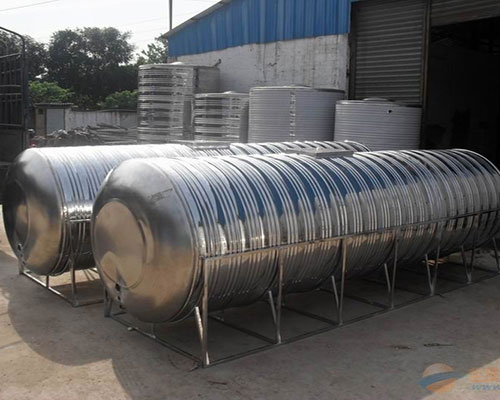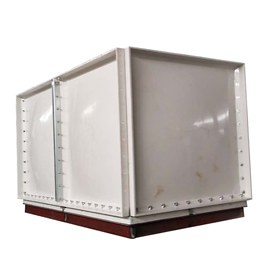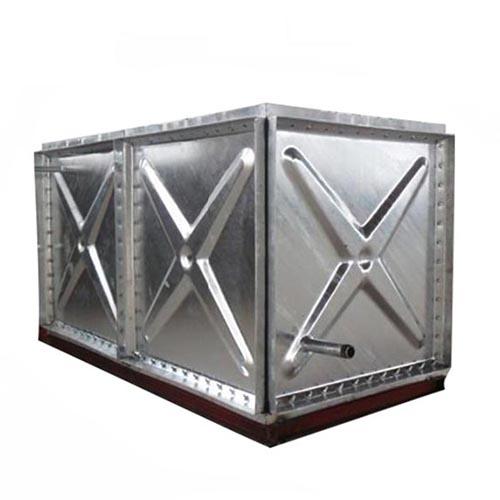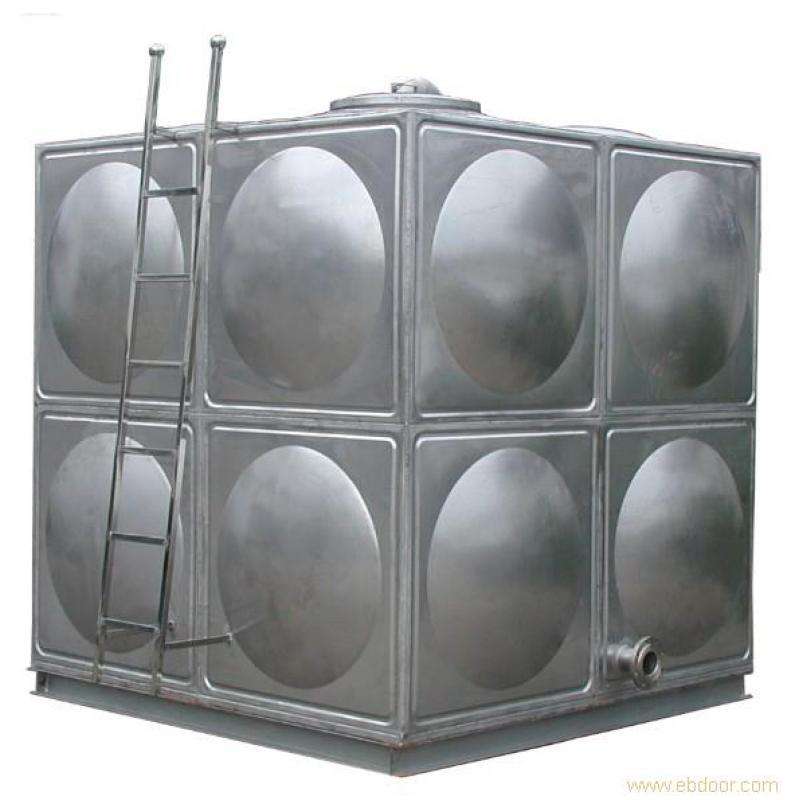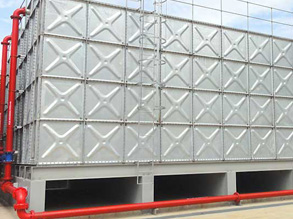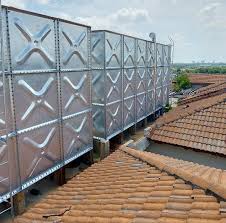If you have a new septic tank, you probably know that it needs to be pumped regularly to maintain the health of the system. But how often should you pump your septic tank? The average time is about every two to five years, and in some rural areas, Aerobic Treatment Unit (ATU) pools once a year. But it’s worth noting that knowing how often to clean is not an exact science that works for every home. Septic tank pumping will rely heavily on your home and tank.
Waiting too long to pump your septic tank can cause solids and grease to clog the system. Septic tank problems can be expensive and can result in sluggish drainage and wastewater that can carry bacteria back into your home.
Also, pumping your septic tank too frequently can be a waste of money. This guide will help you determine how often to empty your septic tank.
How septic tanks work
Before we discuss the factors that go into how often you should empty your septic tank, let’s examine how your system operates. Waste naturally separates into three parts in the septic tank:
The solids (sludge) are at the bottom of the septic tank.
Wastewater settles in the middle of the tank.
Grease (scum) floats on top of the tank.
When a septic tank is operating normally, wastewater flows out of the tank through a leach field (also called a drain field) and into the ground, while solids and grease remain in the tank. When the tank is full, solids and grease must be removed so that the septic system can operate efficiently.
If scum and sludge levels rise and become too high, material in the tank containing harmful bacteria can pass through drain lines, clog your septic system and flow into your home.
Homeowners can prevent backups by knowing in advance when their septic tank needs to be cleaned.
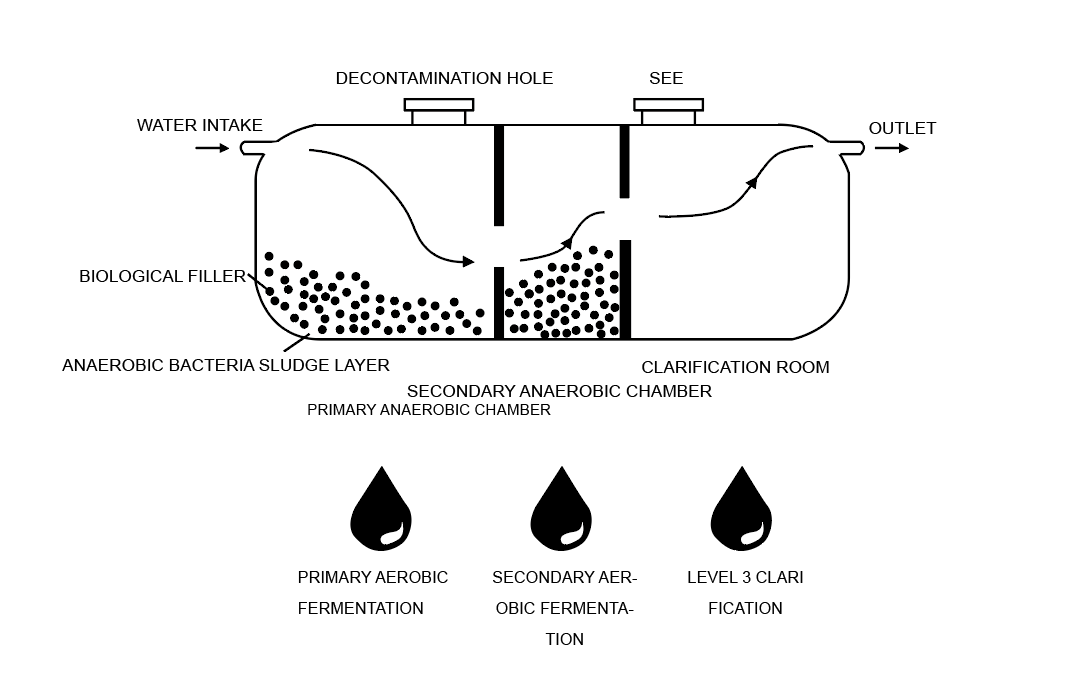
How to determine if your septic tank is full
First, you need to find and carefully remove the septic tank cover. Please be extremely careful not to crack or crack the heavy lid, and never leave an open tank unattended! The tank has 4-5 feet of water underground, which can be dangerous if a person or pet falls into it.
Then the next step is to look at the top scum trap to assess the thickness of the scum layer. Generally speaking, you need to pump your septic tank when the scum reaches 6 inches thick.
The second step is to measure the sludge level at the bottom of the pool, which is a little more complicated. While you can buy specific sludge level measuring sticks, you can also make a homemade version. Simply take a sturdy seven-foot stick or two-by-four, start at one end of the stick, and tape an 18-24-inch strip of Velcro along the length of the stick. The Velcro end will be the end that goes into the tank.
Holding the dipstick upright, gently place the Velcro end of the dipstick directly into the septic tank, even through the thick sludge at the bottom, until you feel the dipstick touch the bottom of the septic tank. Then move the ruler straight up again and check the Velcro strap.
Because dark, thick sludge will stick to the Velcro, you can measure yourself approximately how many inches of sludge there is on the bottom based on the inches of sludge on the Velcro strip on the stick. We recommend pumping the septic tank as soon as it reaches 1 foot (12 inches) of sludge.
Click to learn about our other great products
Factors that determine how often a septic tank needs to be pumped
Regular septic tanks require pumping every two to five years. However, if you live in a rural area and use an aerobic treatment unit (ATU) in your septic system, annual cleaning is required. This allows households in small households to use the system for surface irrigation. It uses oxygen to break down solids and wastewater and convert them into gas.
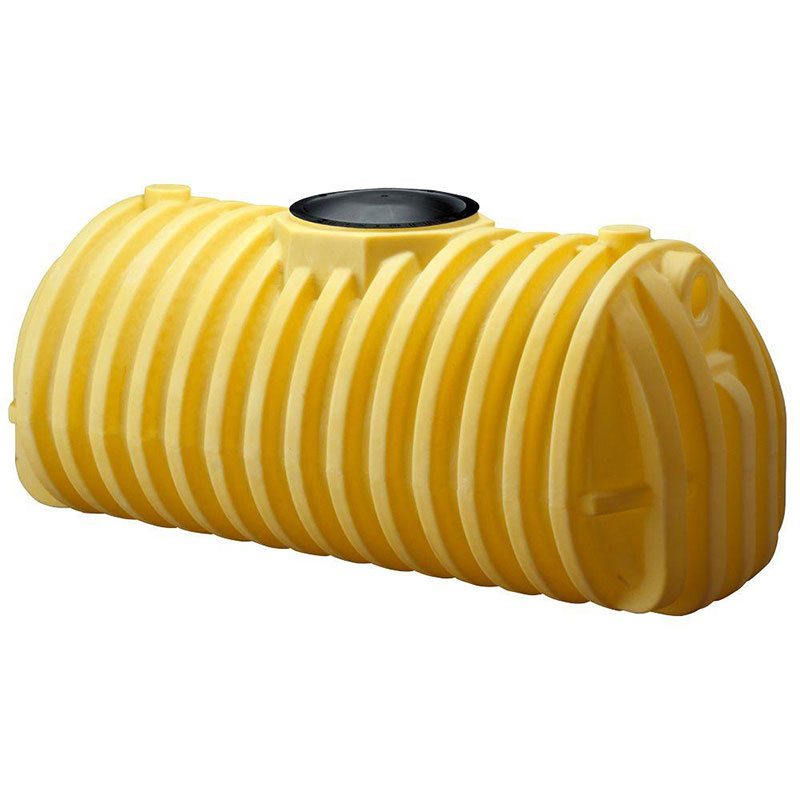
Septic tank size
Most storage tanks have a capacity of 1,000, 1,500, or 2,000 gallons. The larger the system, the less frequently it needs to be pumped. If you don't know the dimensions of your tank, contact a professional for a septic tank inspection, at which point the expert can inspect your tank and provide you with accurate measurements.
Your family size
The number of people in your home can help you gauge the size of your septic tank you need and how often you need to clean it. A 3,000-square-foot, four-bedroom home will require a larger septic tank than a one-bedroom home with single occupancy. Likewise, a larger house with a larger family will produce more waste and use more soap and detergents, which end up in the drains.
Below are estimates of how often a septic tank should be pumped for a family of four.
1,000-gallon water tank: every two and a half years
1,500-gallon water tank: every four years
2,000-gallon water tank: every five years
Learn more about septic tank supplier
Your water usage
Do you turn on the water and walk out of the room, or fill the washing machine tub with some items without adjusting the load? Do you run your dishwasher when it's half full, or only use it when the unit is completely full to save water? According to the Environmental Protection Agency (EPA), one person in a household uses 82 gallons of water per day. But efficient water use can extend the life of your septic system and prevent leaks, clogs, and standing water.
Tips for a Healthy Septic Tank
Now that you understand the factors that determine how often your septic tank should be emptied, check out these tips to help maintain the longevity and functionality of your septic system.
Set your washing machine to the appropriate load size
When doing laundry, be sure to set your washing machine to the correct load size. Another option is to wait until you've finished a load of laundry before running the machine. Doing this will help manage the amount of water flowing into the sewer. Also, consider using a filter to capture synthetic fibers that your septic tank cannot break down.
Separate laundry days throughout the week
Cleaning multiple times in one day can damage your septic system by flooding the drain field. Flooding occurs when your septic system needs more time to process waste between washes. For this reason, avoid washing multiple items of clothing at the same time. Instead, you should wash your sheets on one day, your dark clothes on another day, and your colored clothes on another day of the week.
Buy energy-saving appliances
When shopping for a new washing machine or dishwasher, consider energy-efficient models. Energy-efficient equipment uses less water, resulting in less wastewater discharge from the septic tank.
Use biodegradable products
You can use biodegradable products to help your septic system flow properly. Biodegradable products—soaps, shampoos, conditioners, detergents and even packaging supplies—contain straight-chain hydrocarbons that microorganisms and bacteria can easily break down. In contrast, the highly branched hydrocarbon chains commonly found in antimicrobial products are not biodegradable and are difficult to digest by septic tanks.
Don't use a garbage disposal
Food particles in the garbage disposal do not break down into particles small enough for the septic tank filter to digest. Therefore, it is not recommended to use a garbage disposal if you have a septic tank. In fact, garbage disposals can increase solids content by up to 50%, causing septic tank blockages and clogs.
We have other water tank products, please contact us.

Hot Water Tanks
related posts
